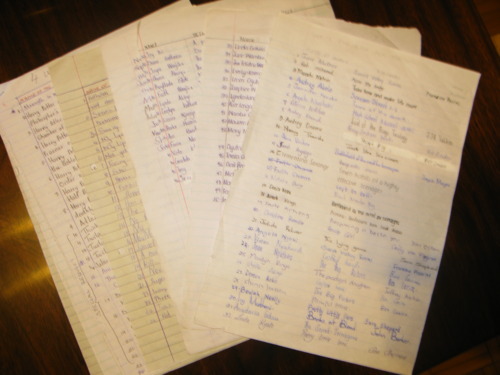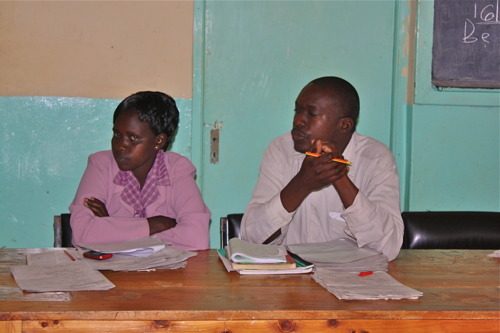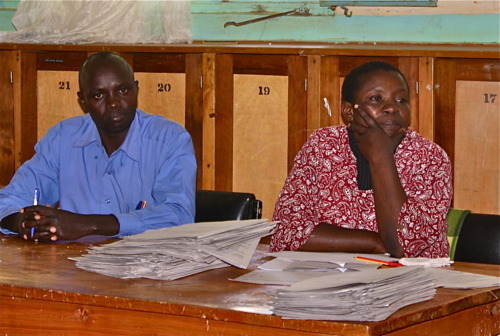One question I inevitably come across when explaining our project to the curious or compassionate is what criteria we are using to build our book lists that will eventually become a huge component of our final model.

The gap we are trying to bridge is that of the underserved library and general lack of resource accessibility in schools. We want to stock the libraries with books that promote recreational reading, enrich the mind, and when applicable, support the curriculum. That being said, our method for building the list based on this criteria has been phenomenally interactive and collaborative.
Understanding that the teachers ultimately know what is best for the curriculum, we have been working closely with them to add titles to further this initiative. Teachers are also very aware of trends amongst students and contemporary writers, and have proven invaluable in their suggestions and recommendations in this regard.

Then of course, there are the established recommended reading lists for students that we have consulted from such schools as Upper Canada College, Branksome Hall, Eton, and Andover. These lists have been phenomenal in ensuring that the academic classics are included, having survived the test of time and faculty censure in gauging appropriateness for students.
A huge amount of the titles though, have come directly from student requests. We have had hundreds and hundreds of requests and recommendations from the students themselves at St. Patricks and Precious Blood, and truly, there is no better way to find out what the students will read than to ask them what it is they want to read. And then finally, we are adding titles suggested by educational experts, business leaders, book dealers, academics, and as much as we can, ourselves.

For this program to work, we realized we had to build our own list as opposed to consult existing lists from international schools because to do that would omit a critical element – that being ensuring a significant portion of the books are culturally relevant. Yet, our reason for not relying completely on student and teacher requests is in our recognition of that classic fallacy, being that:
There are the things I know I know
There are the things I know I don’t know
and then,
There are the things I don’t know I don’t know
By referencing as many contributors as possible, we are hoping to overcome that trap. This leaves the final question, how many books will we give? While there is no set amount, we are trying to work with the international library standard of 10 books for every student enrolled. We believe though that working within this standard will require incremental donations over a set period of time, to make sure that the resources are being used effectively, ultimately helping us achieve our goal of increasing literacy fluency.